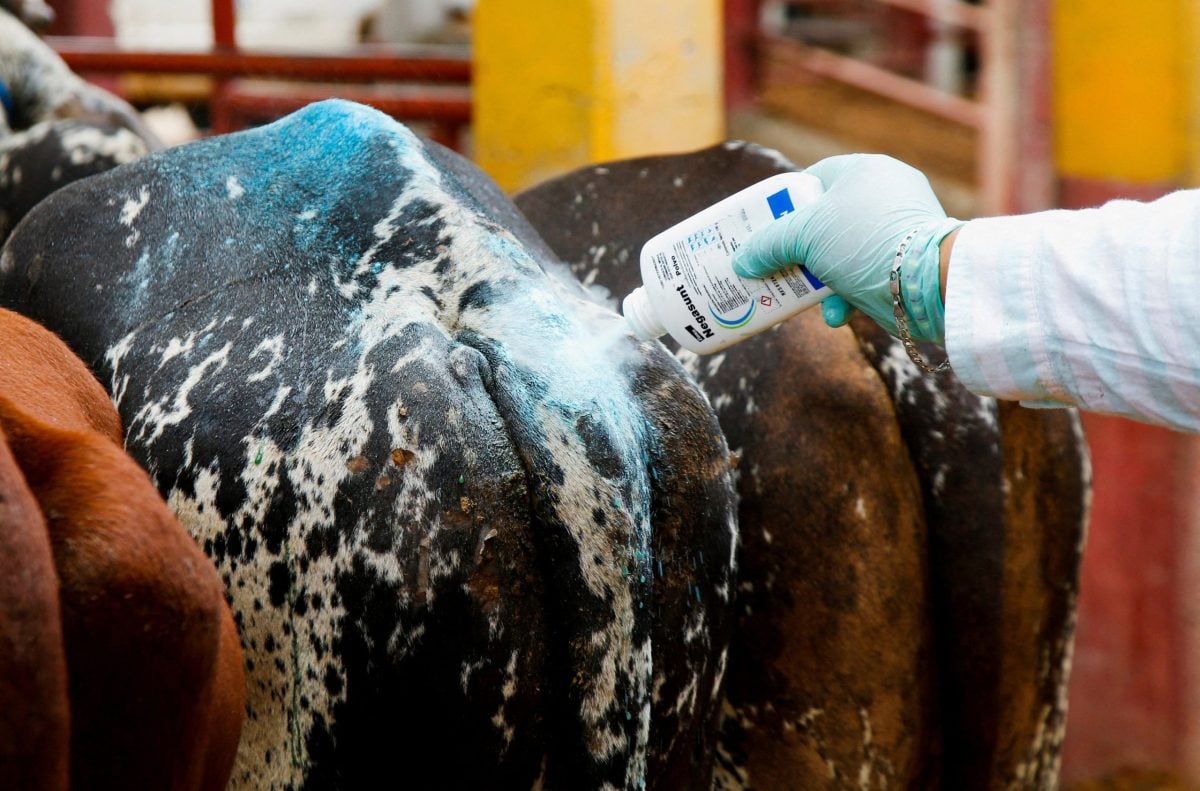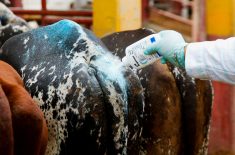The Canadian Food Inspection Agency has compiled good biosecurity practices for poultry producers into a national standard for the industry.
The new biosecurity standard, released Tuesday, focuses on disease prevention and protection measures.
“Biosecurity is the best investment producers can make to safeguard the health of their animals on the farm and make the most of their business,” Agriculture Minister Gerry Ritz said in CFIA’s release.
Read Also

U.S. not ready to lift Mexican cattle ban over screwworm, Agriculture Secretary Rollins says
The U.S. is not yet ready to reopen its border to Mexican cattle amid an outbreak of the flesh-eating New World screwworm parasite, Agriculture Secretary Brooke Rollins said, but she is pleased with Mexico’s efforts to contain the pest.
CFIA said its standard was developed in consultation with poultry marketing boards, producers, non-supply-managed and supply-managed industry, processors, the poultry service industries, veterinary associations and academia.
The standard document outlines a long list of recommended practices for biosecure poultry operations, based on six main principles:
- Each facility has procedures in place for mortality management;
- Producers should know their flocks’ health status and “be prepared to react;”
- Introduction or removal of birds from a barn or farm is done using appropriate scheduling, isolation or segregation to minimize introduction or spread of disease;
- Access to the barn and premises by people and pets is controlled, by setting up protective zones and controlled access points;
- Birds’ drinking water should be “free from significant pathogens” and meet water quality standards for livestock; and
- Measures are used to prevent introduction and spread of contagious disease organisms by pests.
The principles and recommendations came from the technical subcommittee of the Avian Biosecurity Advisory Council, which for this project was tasked with identifying “practical, effective” controls using “science-based analysis and objective literature.”
The standard document recommends practices to reduce the risk of transmission and maintain effective control of avian influenza “or other highly contagious respiratory pathogens.”
“Often prevention and intervention methods need be done in a logical sequence to be effective,” the council subcommittee noted. “Adopting one recommendation without first doing another may render the action unsuccessful.
“Further, barn-level recommendations and premises-level recommendations are closely linked, and the success of one is dependent on the other.”










